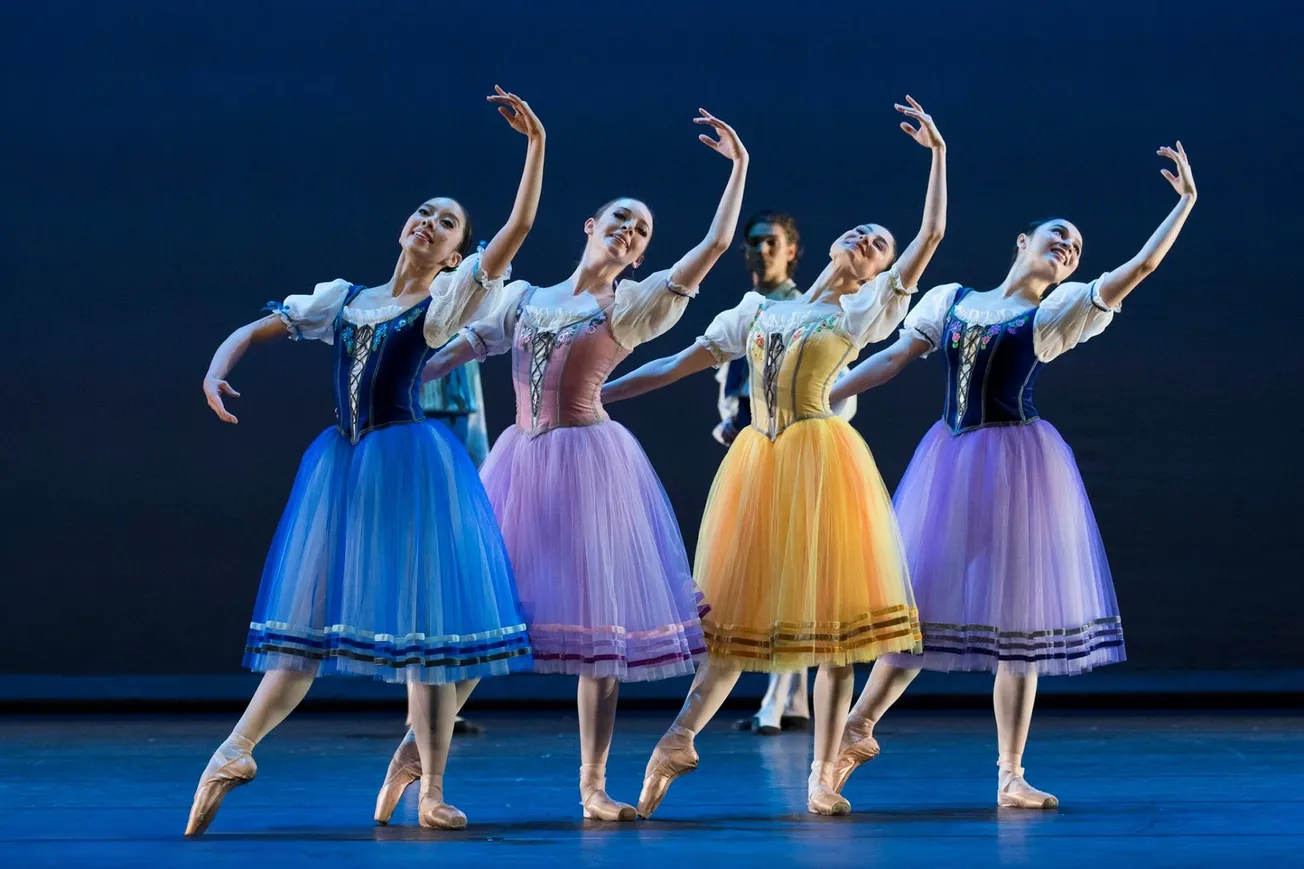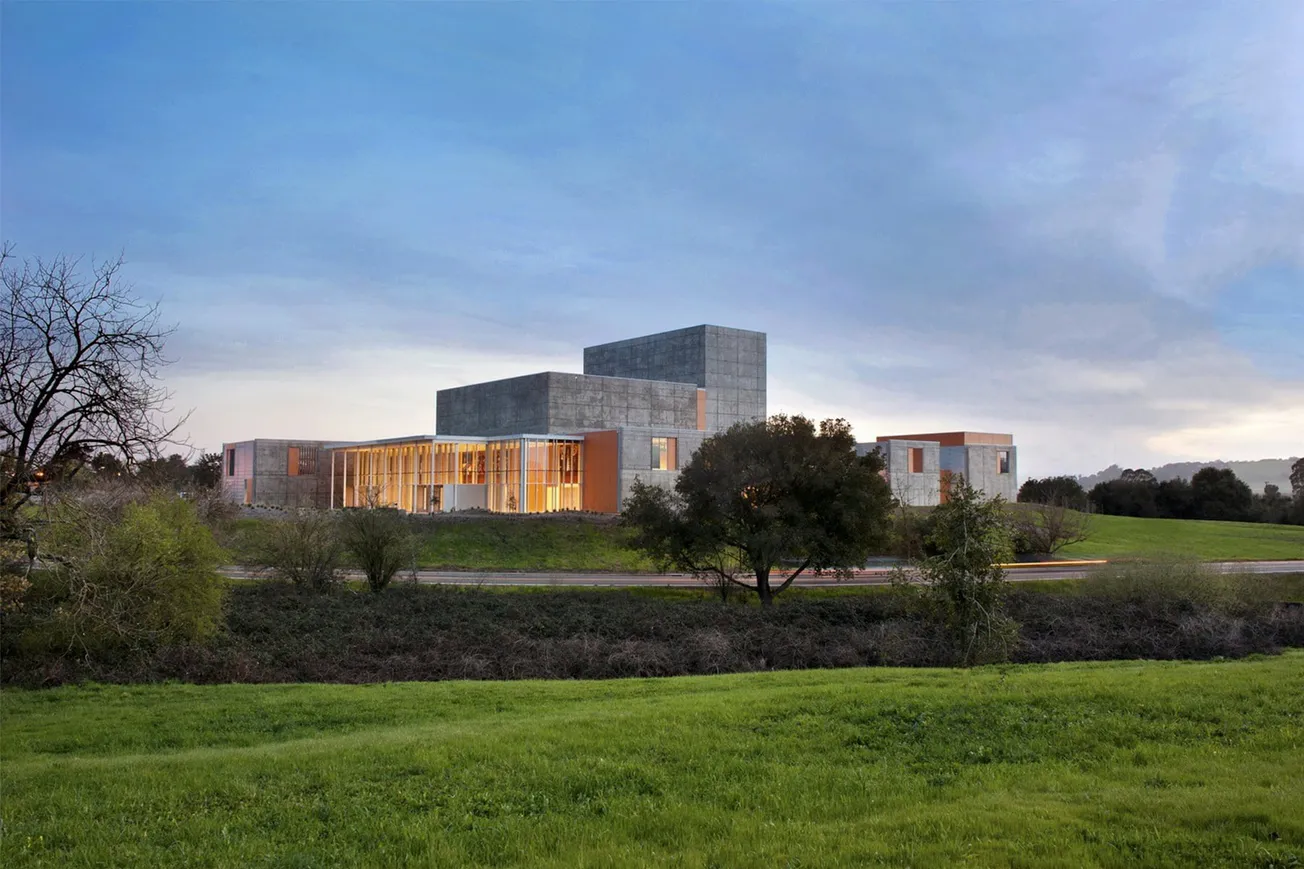Napa Valley native Gary Meyer spent his career in the film industry after falling in love with movies at a young age.
In 2022, Meyer returned to St. Helena’s Cameo Cinema, a theater he frequented as a kid in the 1960s – though at the time it was called The Roxy – to screen a preview of the film he had produced about acclaimed food writer and former St. Helena resident M.F.K Fisher.
The movie, The Art of Eating: The Life of M.F.K. Fisher, played alongside a discussion with Meyer and Cindy Pawlcyn, chef and owner of Mustards Grill.
Cathy Buck, who became owner of the Cameo Cinema in 2008, has been engaging with the community through a variety of community events like the one she hosted for Meyer, as a way of bringing patrons back to the theater.
“Cathy is doing a phenomenal job,” Meyer said. “She has made it a true community theater, where she is showing a range of different kinds of movies and does a lot of special events, and I think people really love being a part of that community.”

The 140-seat, single-screen movie palace on Main Street originally opened in 1913 as the G&G Theater. Today, the Cameo Cinema is Napa County’s only remaining upvalley movie theater venue and is one of the oldest continually running single-screen theaters in California.
The Cameo had changed owners – and names – a handful of times before Buck took the helm in 2008.
Fond childhood memories of weekends spent paying two quarters at a small-town, family-run, local theater watching shows, coupled with a desire to move to a place “reminiscent of the south of France,” drove Buck to leave her day job as a real estate agent in Michigan and move to St. Helena to run the community theater – a job she said she hopes to grow old doing.
Running the Cameo, she said, is “the most difficult job” she’s ever had. In the past 15 years, Buck has navigated the theater through many industry fluctuations.
In 2009, just as studios began phasing out 35-millimeter film, which had been the industry standard through the 20th century, Buck purchased a digital projector and oversaw the expensive transition from film reels to digital.
In 2013, for the theater’s 100th birthday, Buck founded the Cameo Cinema Foundation, which helps her to maintain the theater through fundraising and donation efforts. Currently, roughly 50 percent of the theater’s operating budget comes from donors, many of whom are listed on a wall of star plaques at the theater’s entrance.
To keep the theater afloat during the global pandemic when the Cameo was forced to shut its doors for more than 13 months, in 2020 Buck purchased an outdoor, blow-up projector and converted the Gott’s Roadside parking lot into a drive-in theater.
Meyer, a co-founder of Landmark Theaters in the 1970s, said one of the biggest challenges for small, independent theaters like the Cameo is to figure out ways to get the audience to become regulars, and to appeal to younger audiences who often opt for the megaplex experience.
Although theaters have struggled to compete with the rise of streaming services, recent movie successes like last summer’s meme-turned-cultural phenomenon 'Barbenheimer,' where blockbuster films Barbie and Oppenheimer made a combined $235 million in their opening weekend, have helped revive them.
With box office successes like 'Barbenheimer,' Buck said studios are now switching course, reverting back to a model where they are releasing films in theaters to offer moviegoers immersive, audience experiences before turning them over to viewers to watch at home.
“Studios are realizing the value of a theater experience with an audience,” Buck said. “They have discovered a lot of people want to have the audience experience. They want to know what their friends think in real time.”
The Cameo offers moviegoers a unique blend of classic décor, cutting-edge technology and locally sourced snacks including homemade cookies, gelato, coffee, popcorn with real butter and, of course, wine.
“This theater will spoil you,” Buck said. “You get all the ambiance of a small, intimate theater, but you get all the technology of one of the finest screening rooms in the country.”
Holding onto some of the classic features, Buck said, has allowed her to keep ticket prices stable at $10, a difficult threshold as studio fees and fixed costs have increased substantially post-pandemic; on average, she said studios receive between 60-65 percent of ticket sales.
Once the lights dim and the movie begins, the bells and whistles of the theaters become evident, in the 23-speaker Dolby Atmos Surround Sound Buck installed ahead of the theater’s centennial in 2013. The Cameo became the first single-screen theater to boast this technology, which Buck called “the Rolls Royce of speakers.” And in 2019, a patron donated a $250,000 Barco 6k Cinema Laser Projector to the theater.
Cameo patrons of the St. Helena theater sit in maroon velveteen seats, which Buck calls “old-fashioned but comfortable.” In the back of the theater are two rows of love seats, not the recliners that fill modern theaters.
Now that the theater is back in action and box office sales are bouncing back, Buck is busy once again making the schedule for film showings – she equated making the schedule to solving a Rubik’s cube – in addition to building her spring lineup of weekly film classes, recurring series like Live at the Cameo, Science on Screen and Behind the Camera, and other community events. She also live-streams the World Cup and Olympics free to the community.
“I’m excited for what 2024 is going to bring for movie theaters and for the general public,” said Buck. “The goal is to bring people back to the cinema, and I think that’s happening.”

Correction: An earlier version of this story incorrectly reported that Gregory Bezat, the director of the The Art of Eating: The Life of M.F.K. Fisher, was in attendance at a showing of the film at the Cameo Cinema last year.
Danielle Wilde is staff writer for Napa Valley News Group. Contact her at danielle@highway29.com.









